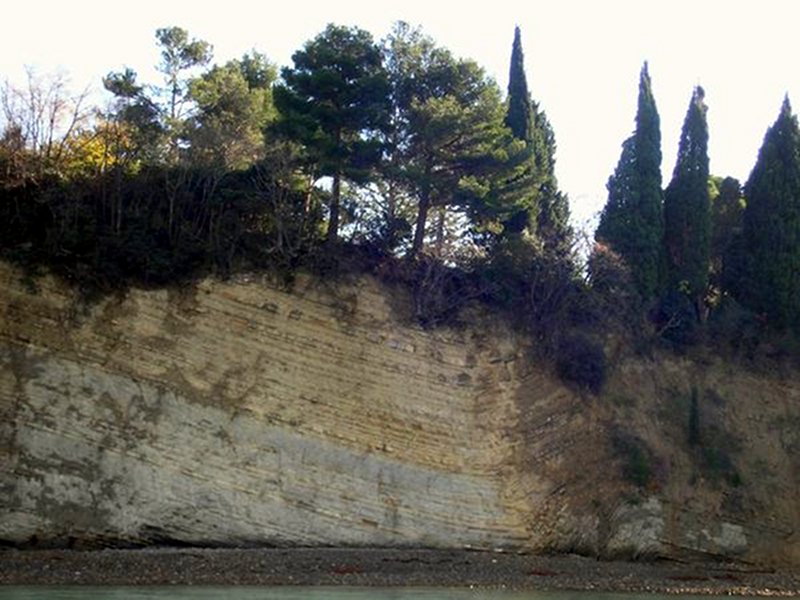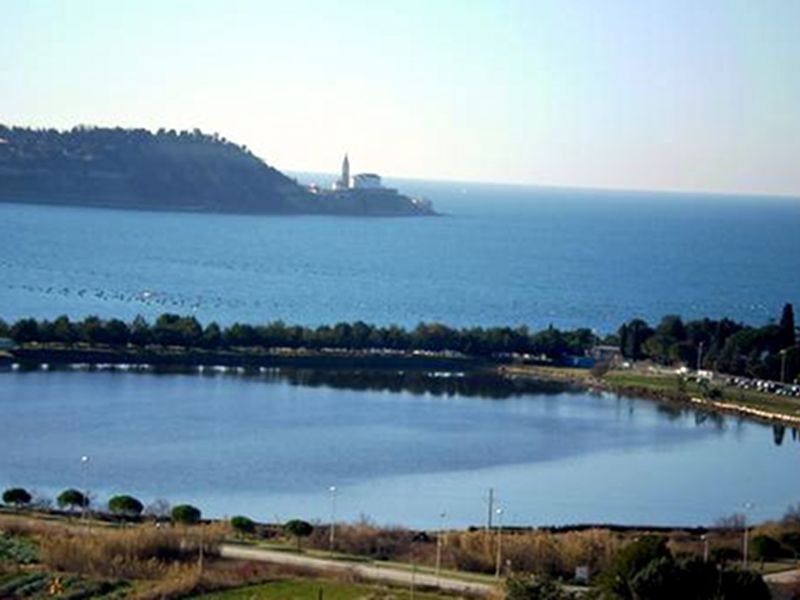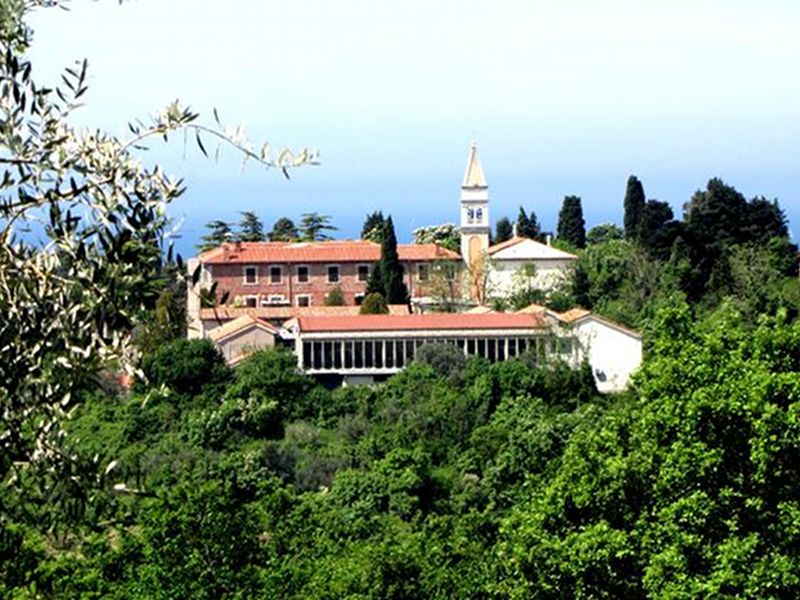Points of Interest
The cliffs of Strunjan
Among the most distinctive parts of the Strunjan nature reserve there are the precipitous walls of the Strunjan cliffs. They are up to 80 meters high and composed of soft layers of flysch, which have been shaped through the ages by winds and rain. The Strunjan cliffs form the largest known coastal flysch wall on the entire Adriatic coast. Flysch is a sedimentary Eocene rock with alternating layers of sandstone, marl and carbonate turbidite. As it is soft, its bottom part is subject to constant erosion by the sea, while its upper parts are exfoliated by the changing weather conditions. The results of these activities are some very interesting geological and geomorphological occurrences, such as rock shelters, microtectonic joints, partly broken rock blocks and the slanting layers of sandstone terminating in the sea, at some places creating a real natural paving between the land and the sea. These phenomena are particularly characteristic of the Strunjan and Kane capes, where thicker beds are situated just above the water surface and running almost parallel with it, with thinner layers of marl and sandstone folded and pressed above them in all possible patterns. At the foot of the cliffs, a characteristic shingle terrace was formed between the steep slope and the sea; at places it is up to seven meters wide (Bay of St. Cross), while at the two capes it is narrow and only passable when the tide is low. More information
Pine avenue
Pine avenue is the first thing you see when getting to Strunjan. The exact date when the trees were planted is not known, but it is somewhere between 1920 and 1930.
With its 116 trees, the pine avenue in Strunjan is the best preserved one on the whole territory of Slovenia.
Stjuža lagoon
Stjuža is the only marine lagoon on the Slovenian coast. Once it was an open bay, but more than 200 years ago a dike was built, and today only a channel connects the lagoon with the open sea.
The name Stjuža comes from the Italian word Chiusa – which means closed. Laguna is very shallow. In the northern part of the Adriatic, lagoons are primarily known for the presence of numerous bird species and for fish farming. Once Stjuža, too, was used for this purpose, but fish farming was abandoned in the 1930s.
Stjuža and the Strunjan saltpans represent an exceptional mix of habitats. The bottom of the lagoon is covered by lawns of cymodocea and zostera, where an extraordinary variety of crustaceans, molluscs, fish and other animals live. Notable residents of the lagoon and saltpans are birds, which find food, shelter or nesting place on dykes and embankments, among the reeds and halophites. More information
The "Parenzana"
The Parenzana or Porečanka (also in Croatian: Porečka; in Slovene: Poreška; Italian: Parenzana) is one of the nicknames of a today dismantled narrow gauge railway, operating between 1902 and 1935 between Trieste and Poreč (at that time "Parenzo", whence the name "Parenzana"), in present day Italy, Slovenia and Croatia. The railway started at Trieste's St. Andrew station (now a railway museum) and reached Poreč after 123 kilometers, thus making it one of Europe's longest narrow gauge railways. One of the three remaining engines is today exhibited in Izola, and sections of its track have been converted to a Trail of Health and Friendship ("Pot zdravja in prijateljstva" in Slovenian, "Percorso della salute e dell'amicizia" in Italian) for pedestrians and cyclists. More information
The church of St. Mary's Apparition
The Church of St. Mary's Apparition in Strunjan stands between the picturesque towns of Izola and Piran, above the small salt-pans and in the middle of the lush green hills. The view from the church is enough to understand why this place was choosen more than eight hundred years ago by the Benedictines to build a church.
August, 15, 1512 is a very important date for the pilgrims. The night before, St. Mary appeared at the doors of the church to the two shepherds John and Peter from Zagreb. Because of this event, which is pictured in the painting above the altar, the church got its name, and it quickly became the largest Istrian pilgrimage destination, attracting pilgrims from Gorizia and Friuli, too.
In 1907 the Franciscans began managing the place and in 1961 their parish was established.










